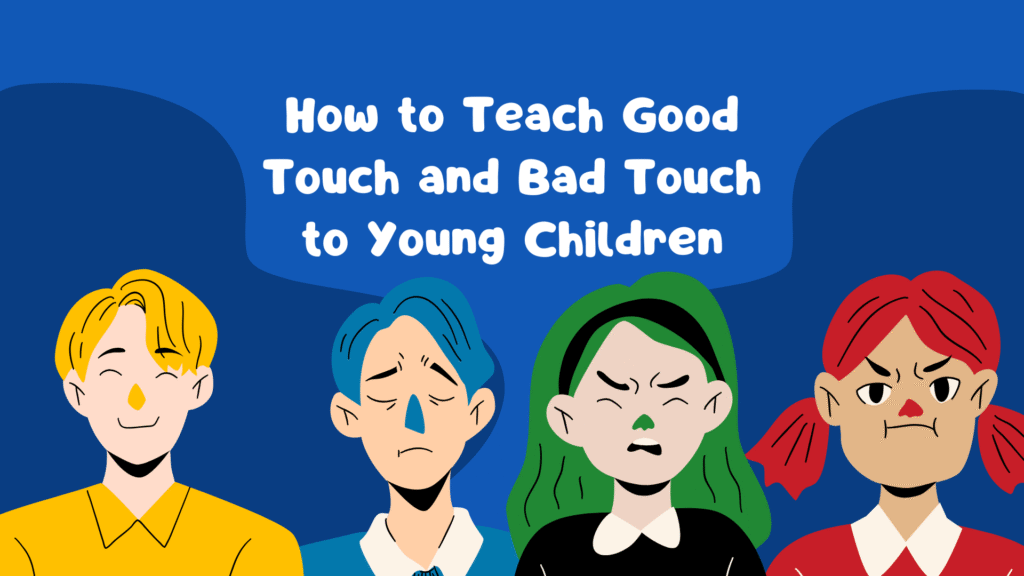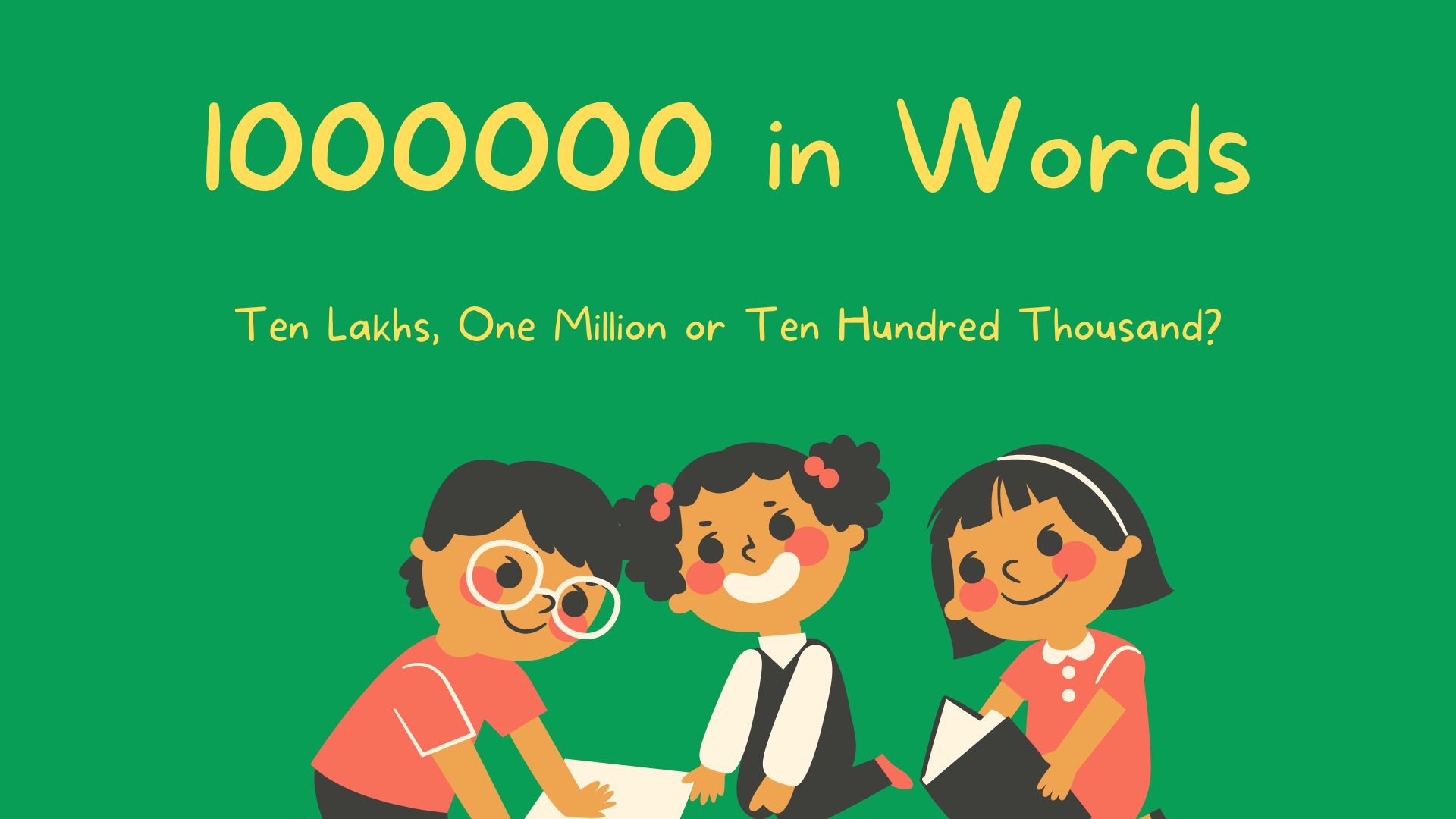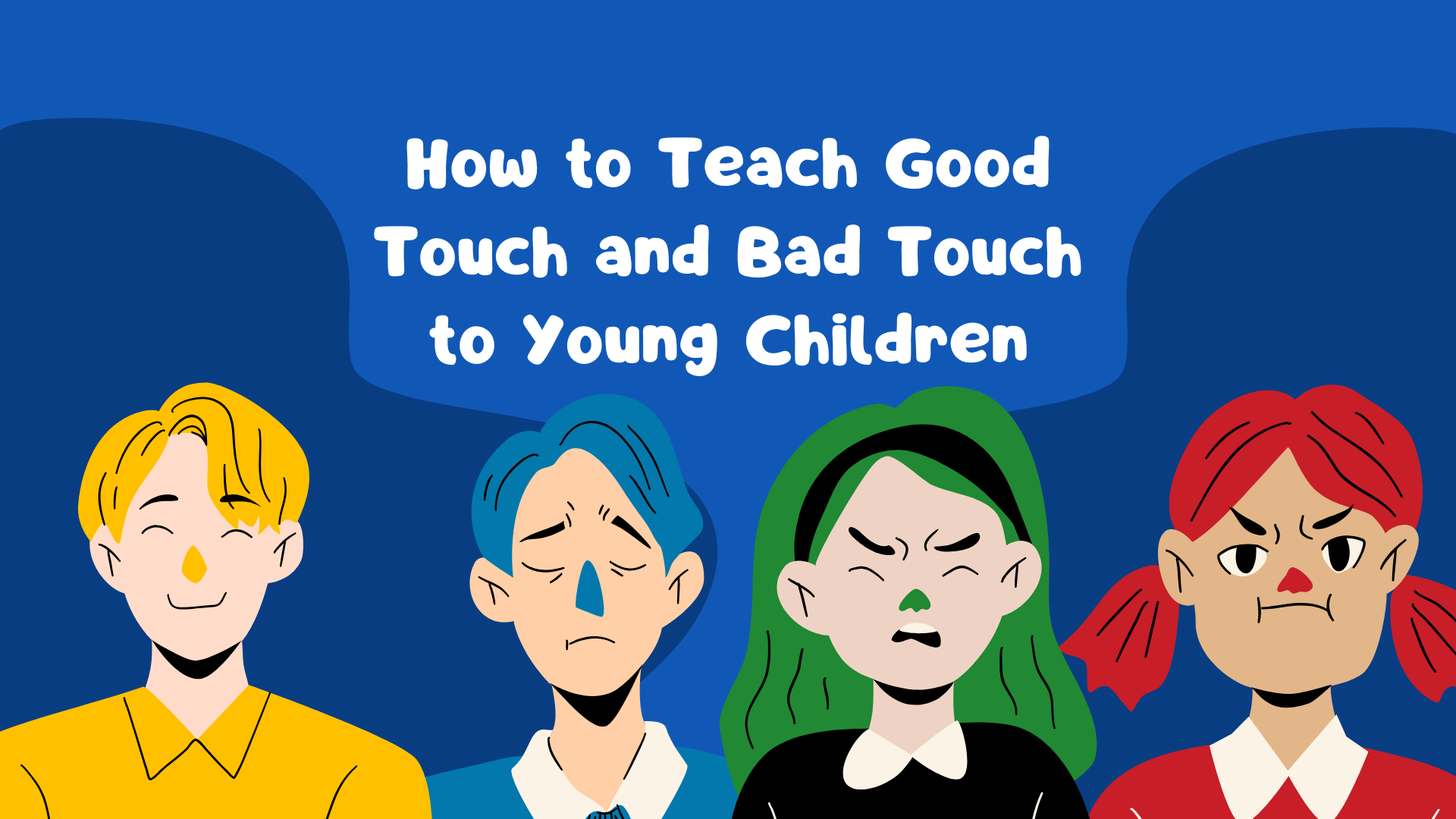
How to Teach Good Touch and Bad Touch to Young Children
In 2021, West Bengal reported over 9,500 cases of child sexual abuse. Studies show when revelation of such cases happens within one month, children are less likely to develop PTSD. But disclosure requires something most children lose after such incidents – a voice. If you’re a parent, this is our guide to teach good touch and bad touch to protect your child.
Here’s exactly what to say to give your child the words that could save them at a young age. Because when a child is touched inappropriately, they feel puzzled, scared, and ashamed.
They want to express but such scenarios often numb them down leading to quietness and solitude. Days turn into weeks and trauma compounds. By the time they finally speak up, the damage is exponentially done!
What is good touch bad touch?
Good touch and bad touch are both forms of physical contact that one individual initiates for another consciously. They are either friendly gestures (good touch) or actions of sexual abuse (bad touch).
Adults are aware of their bodies and how people approach them. They are quick to differentiate between touch that feels comforting and unwanted. So, they are also more likely to accept or resist gestures initiated by other beings.
Children, however, are often unaware of their bodies until they hit puberty. They don’t look at their private parts as an area that has to be covered until they are consciously taught the same.
In this phase of their lives, if they are inappropriately touched by someone they come in contact with, they don’t often realize what was being done to them. This is where teaching good touch and bad touch becomes imperative.
Why parents must teach children good touch and bad touch
Teaching your child about safe and unsafe touch gives them an idea to recognize when something’s wrong and tell you about it right away.
Children who can name body parts and recognize inappropriate touch are more likely to speak about it.
Yes, schools teach this. Yes, there are laws like the POCSO Act to protect them. But preventive measures are of prime importance especially for such heinous crimes.
Your child spends most of their time with you. You’re their first teacher and the person they trust most. So, you are who they choose to reside in.
Why teaching should begin with you
Most parents feel awkward about conversations like these.
You might worry: Will this scare my child? What if I say the wrong thing?
Remember this, you’re not taking away their innocence. You’re protecting it and they need firmness to withstand tough conversations.
Your discomfort lasts a few minutes but their safety lasts a lifetime.
Creating a safe space
Child psychologists suggest that children test safety by disclosing small things first. When parents react calmly to minor issues, children believe their parents can handle bigger revelations.
Practice listening calmly when they tell you small things. Many times creating a safe space eases the psychological care children need after bad experiences.
Distance is not disrespect
Many families teach children to respect elders by hugging relatives or sitting on their laps. But how do you teach body safety without being disrespectful?
It’s simple. Respect doesn’t mean uncomfortable touch.
Your child can say, “I don’t want a hug right now. Can I do namaste instead?”
That’s polite AND safe.
These experiences can happen to anyone and protection surpasses the need to exchange pleasantries.
Being the one they confide in
Most abusers tell children, “Don’t tell anyone or you’ll get in trouble.”
Kids get paranoid and also believe this. They think they’ll be punished and that keeps them quiet for years.
After explaining good touch and bad touch to children, you must make them feel that they can confide in you.
You have to gently explain your child:
“If anyone touches you in a way that feels wrong, or asks you to keep it secret, tell me immediately. You will NEVER be in trouble for telling me. Even if someone said you would be, they’re wrong. I will always believe you.”
Say this today and say it often. A thought process like this, gently conveyed, can save your child.
What to teach young children
At a very young age, children understand the concept of “mine” versus “yours” easily. They can follow simple rules like looking both ways before crossing the road.
Body safety works the same way. You just need the right approach. Here are ways that will help:
1. Use real words for body parts
Don’t say “wee-wee” or “private area.” Use the actual names: penis, vulva, bottom, chest.
Why? Because if something happens and your child needs to tell someone, vague words won’t help.
Predators use made-up names to confuse children. Clear words keep them safe.
Make it casual. During bath time say, “This is your penis/vulva. It’s a private part.”
These conversations will gradually make them aware of their body.
2. The 5 body safety rules
Think of these like traffic rules:
Your body belongs to you
Nobody else. Not even people you love. It’s yours.
Private parts stay private
The parts covered by underwear are off-limits. Only Maa, Papa and nanny (if any) can touch them when bathing or cleaning you. Also, a doctor checking if you’re healthy, while Maa or Papa is present can touch you.
Secrets vs. surprises – Know the difference
Surprises are good. Like not telling Papa about his birthday gift. But secrets about touches or bodies? Not okay.
If someone touches you and says “this is our secret,” tell Maa or Papa immediately. Good surprises make people happy. Bad secrets make you feel scared or confused.
Trust your gut
If something feels wrong, that feeling matters and must be shared. Your tummy might feel funny. You might feel uncomfortable. That’s your body telling you something’s not right. Tell a grown-up you trust.
You can say NO to anyone
If someone wants a hug and you don’t want to give one, say “no thank you”. It doesn’t matter if it is a grandparent, uncle, aunt, or anyone you are taught to respect.
Practice this: “What would you say if Uncle wants a hug but you don’t feel like it?” and let them answer out loud.
3. Forget “stranger danger” teach “tricky people”
Most parents teach kids to fear strangers. But that’s the wrong focus.
In 94.6% of child sexual abuse cases, the abuser was someone the child knew and trusted. More than half (53.7%) were close family members, relatives, or family friends.
So instead, teach about “tricky people.” They could be neighbors, relatives, coaches, tutors, family friends, or even other kids.
Here’s what makes them tricky:
- They ask you to keep secrets from your parents
- Show you inappropriate pictures or videos
- Want alone time with you away from other adults
- Touch you in ways that make you uncomfortable
- Say “this is normal” when it doesn’t feel normal
But here’s the interesting part. Tricky people don’t start by being creepy. They start by being really nice.
This is called grooming, a deliberate pattern where abusers build trust before abuse begins. They give special attention and gifts. Also, break small rules together like “Don’t tell Maa I gave you candy” or “This is our special secret.”
They say things like, “You’re so mature for your age.” Research shows grooming can take weeks or months before escalating to abuse. The abuser seems kind and fun, which is exactly why children don’t realize anything’s wrong until it’s too late.
10 points on good touch vs bad touch
Good touches feel safe and happy:
- Hugs from Maa
- Holding Dadu’s hand
- High-fives with friends
- Papa helping you bathe
- Doctor checking you with Maa present
Bad touches feel wrong or confusing:
- Anyone touching your private parts (except Maa/Papa cleaning, doctor checking)
- Anyone asking you to touch their private parts
- Touches that hurt
- Touches that feel weird
- Any touch that’s a “secret”
Make this part of everyday life
Don’t sit your child down for one big scary talk. Instead, weave good touch and bad touch convo into daily moments like bath time, getting dressed, before playdates, or when something comes up on TV. Keep it as casual as teaching them to brush their teeth. Use simple words, have short conversations, and repeat often.
Build consent habits in these everyday moments too. Ask before hugging them. Stop tickling when they say stop. Let them refuse hugs to relatives by saying,
“You don’t have to hug Uncle if you don’t want to.”
Model asking permission like, “Can I pick you up?”
This teaches them that their “no” matters, that bodies have boundaries, and that saying no is normal and safe.
Check their understanding regularly by asking, “Can you tell me which parts are private? What’s the difference between a surprise and a secret? What is a bad touch?”
What about other kids?
Inappropriate touch doesn’t only come from adults. Sometimes other children can be abusive too.
An older kid might pressure a younger one, or someone might call it a “game” to touch private parts. This can happen out of curiosity, because they saw something inappropriate, or because they’re being abused themselves and acting it out.
Teach your child this gently, “If another kid touches your private parts or asks you to touch theirs, that’s not okay, even if they call it a game. Here’s what you do: Say NO or STOP loudly. Walk away. Tell your teacher right away. Then tell me when you get home.”
Practice this with them. Make saying NO feel normal and easy, so if it happens, they know exactly what to do.
Your child’s safety starts with one conversation
Remember what we talked about at the beginning? Children who disclose abuse within one month are significantly less likely to develop PTSD.
But they can only tell you if they have the words. Education works. It saves children, their mental health and their future.
Yes, this conversation about good touch and bad touch feels uncomfortable. But think about it this way – 30 minutes of discomfort now versus a lifetime of trauma for your child.
During your child’s next bath time say, “This is your vulva/penis. It’s private. You’re in charge of your body.”
This week, teach the 5 body safety rules one at a time. Keep it simple. And always react calmly when they tell you small things, because that’s how they learn it’s safe to tell you big things.
You are your child’s first line of defense. Start today.







